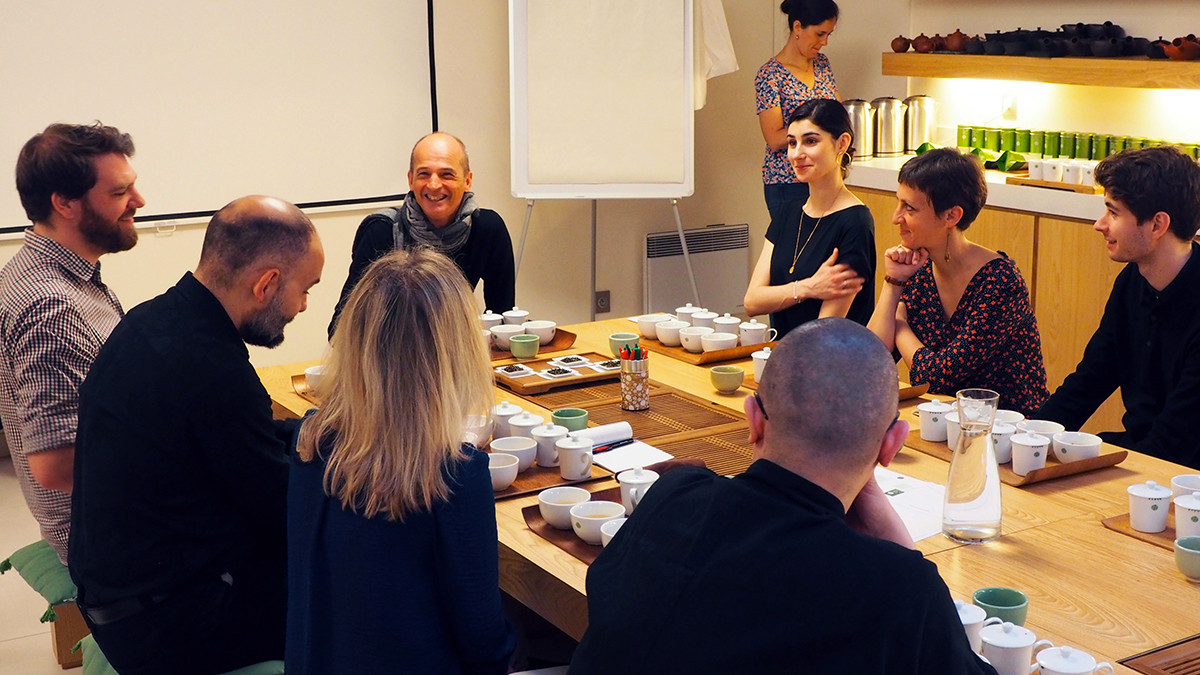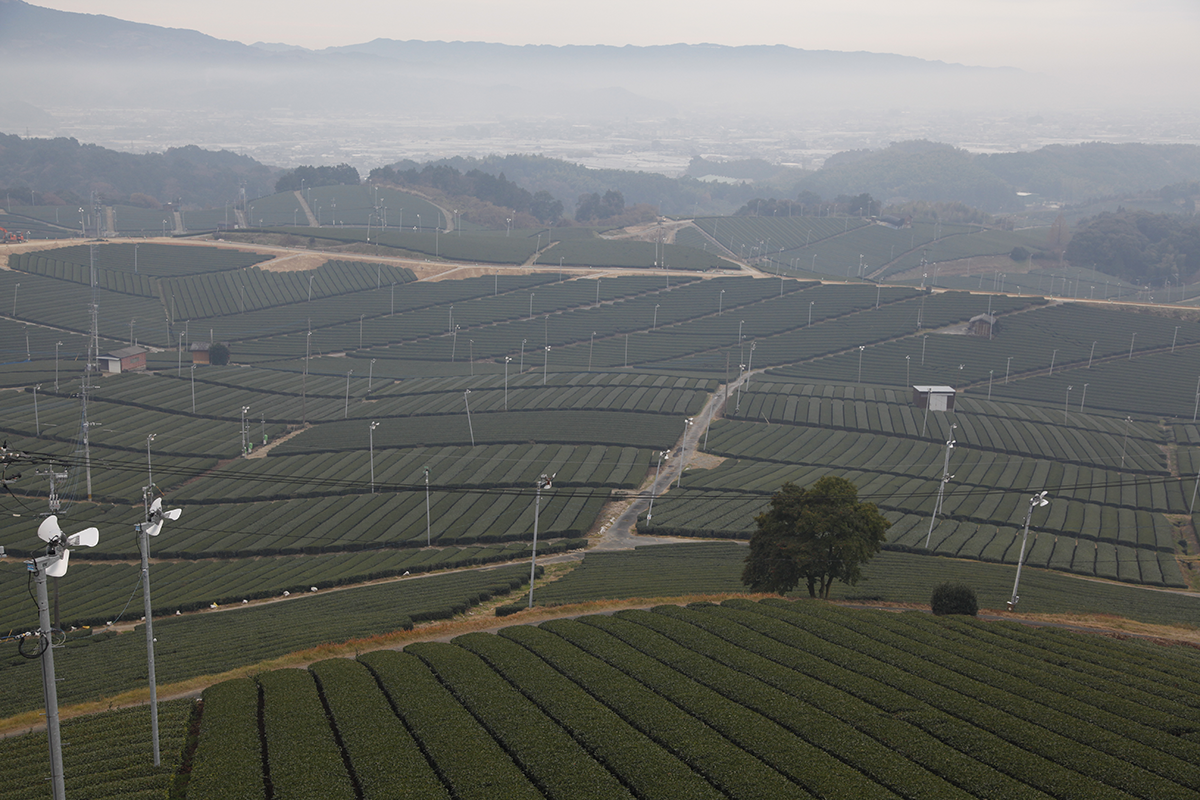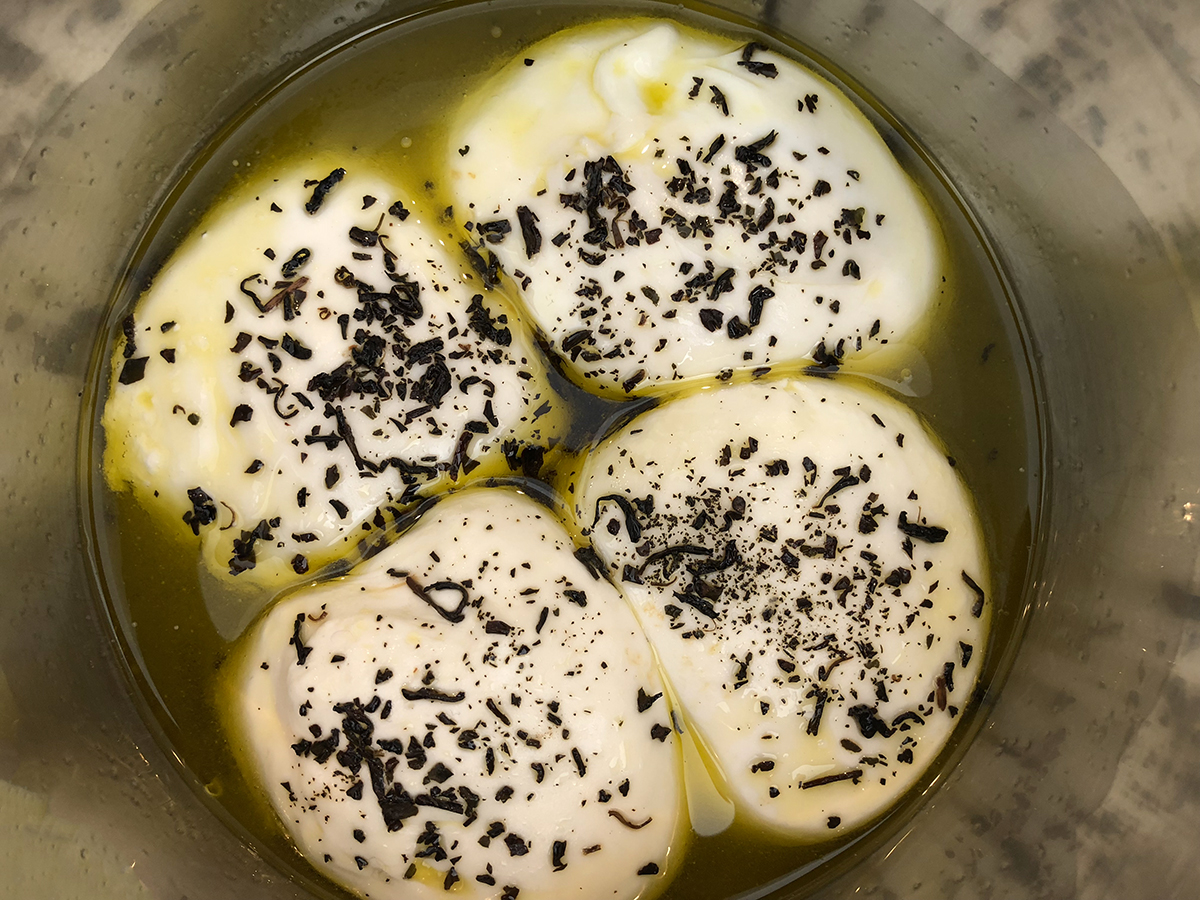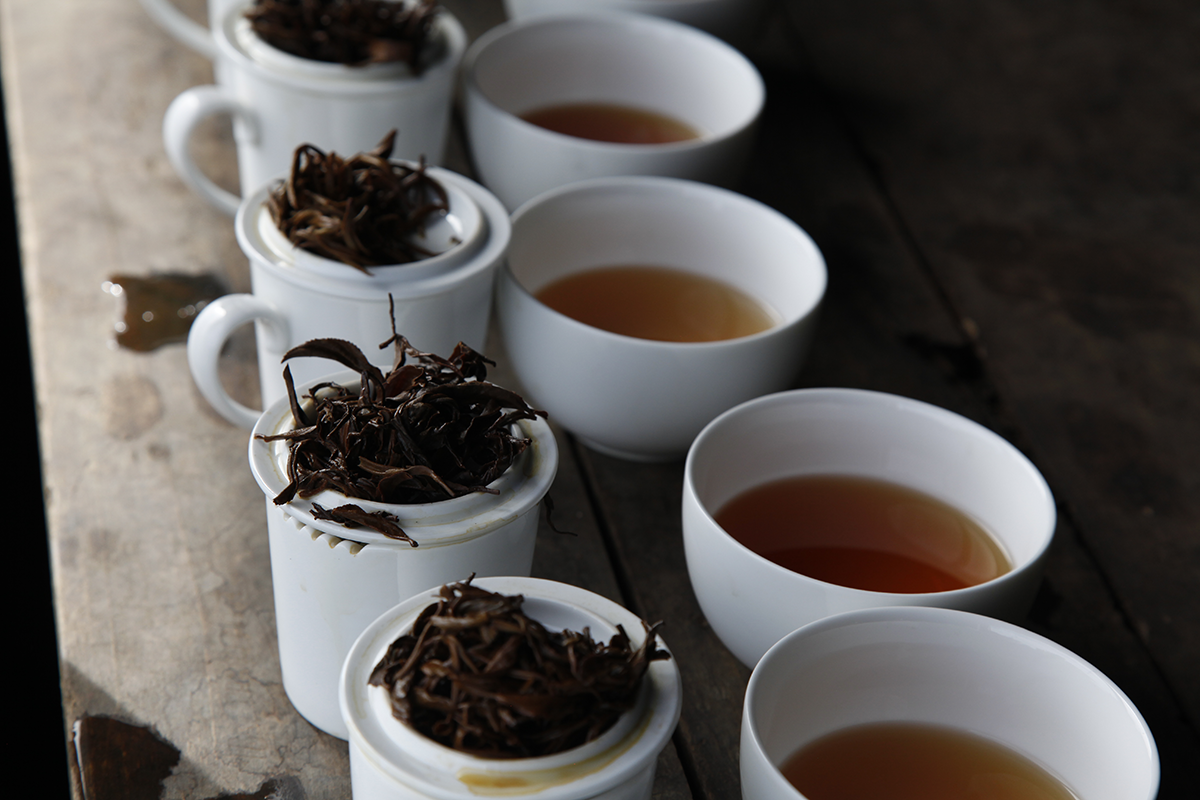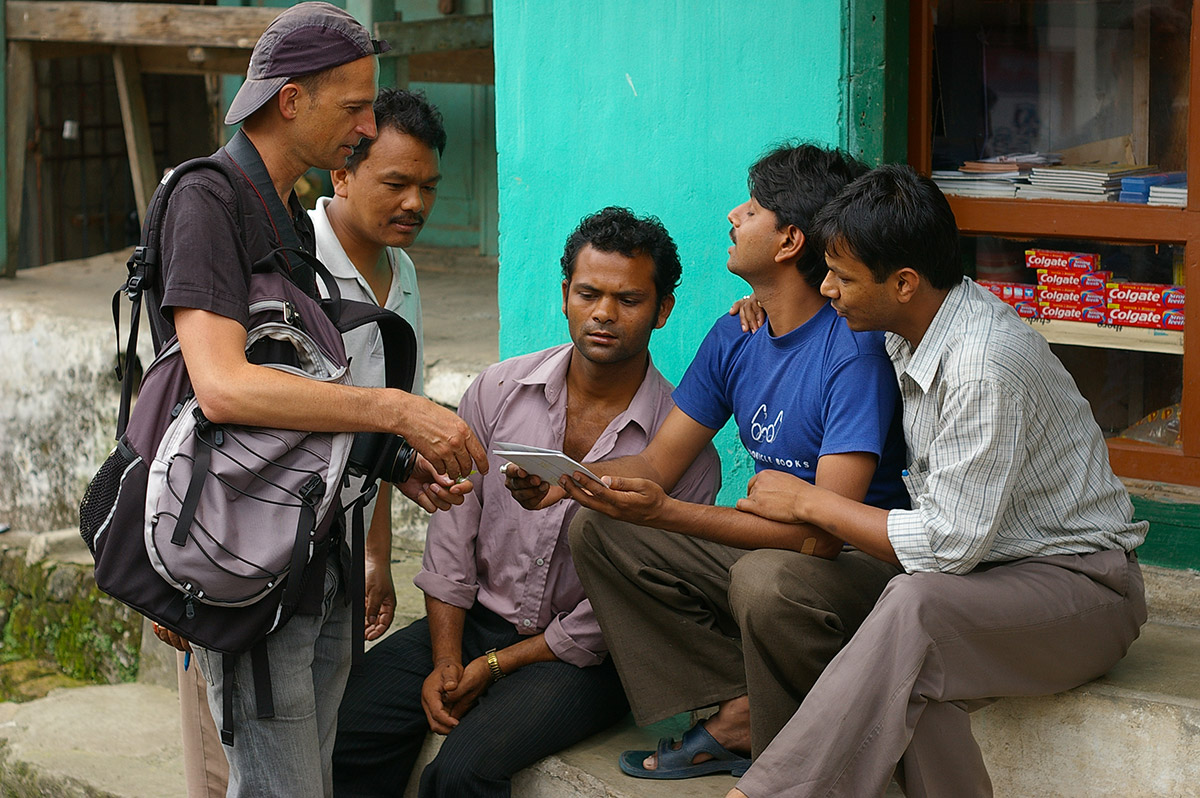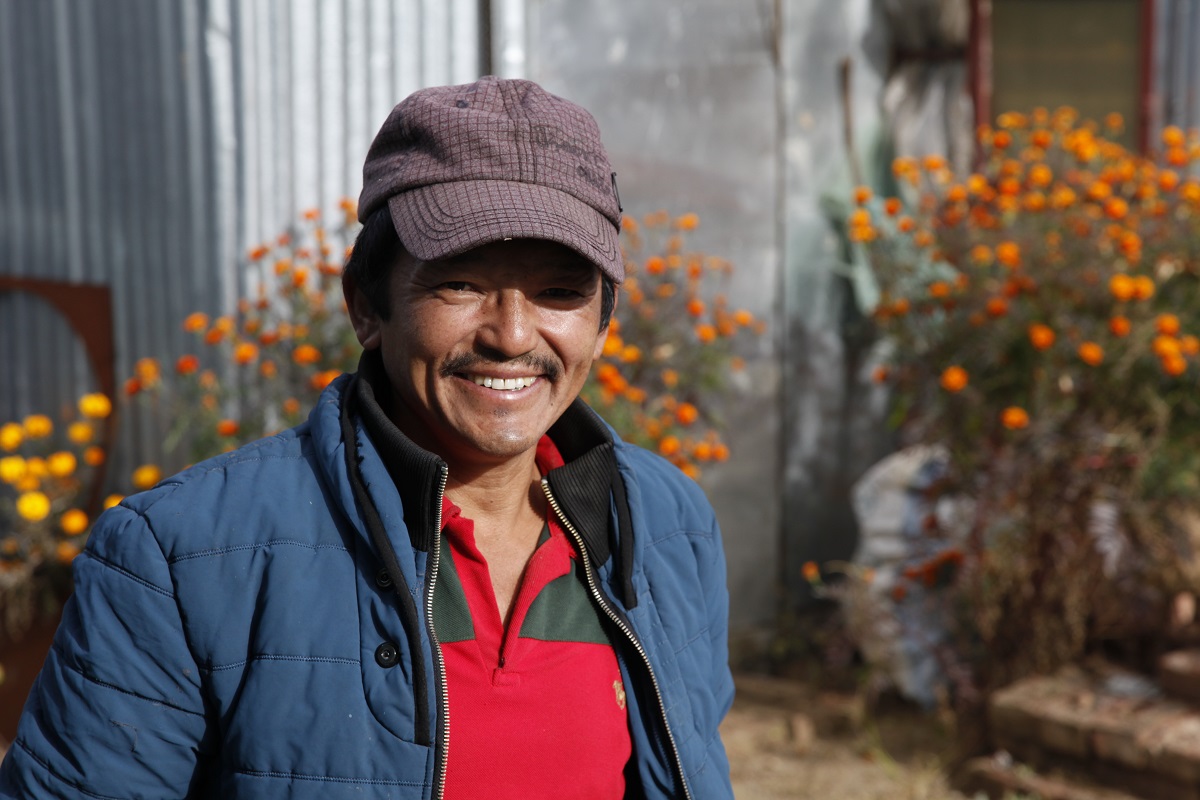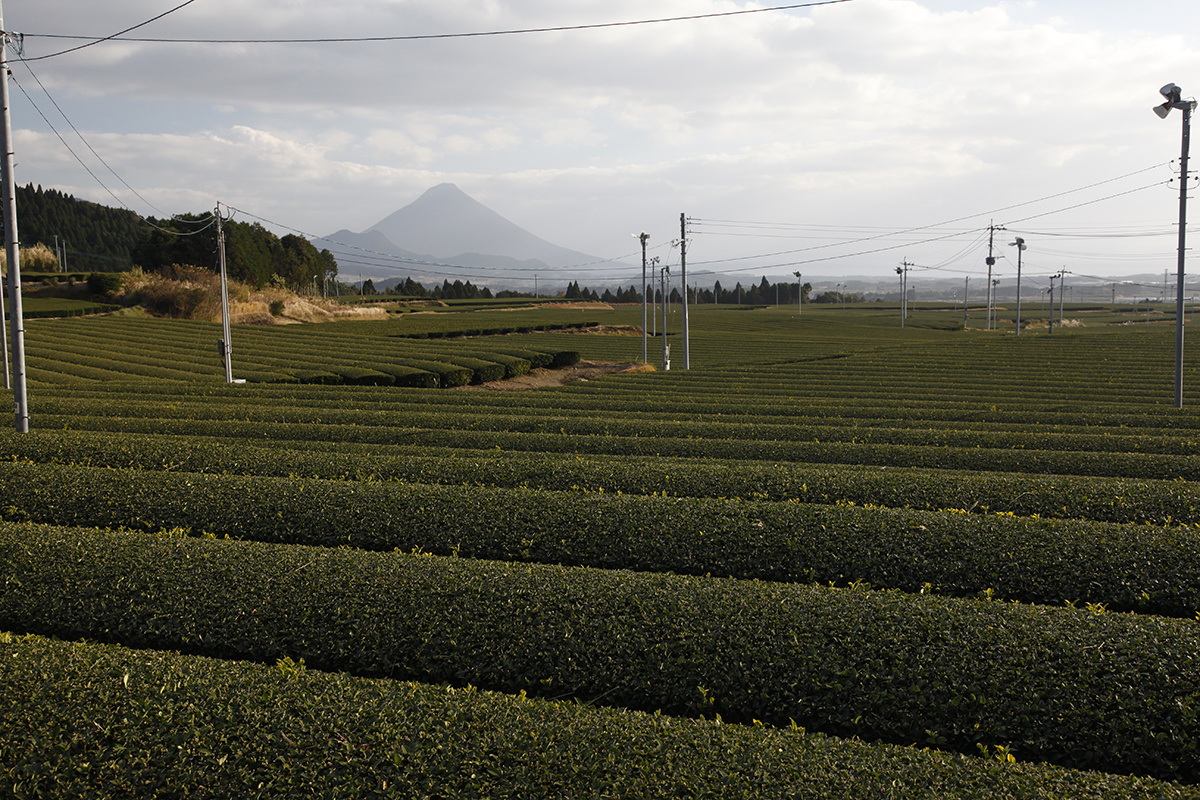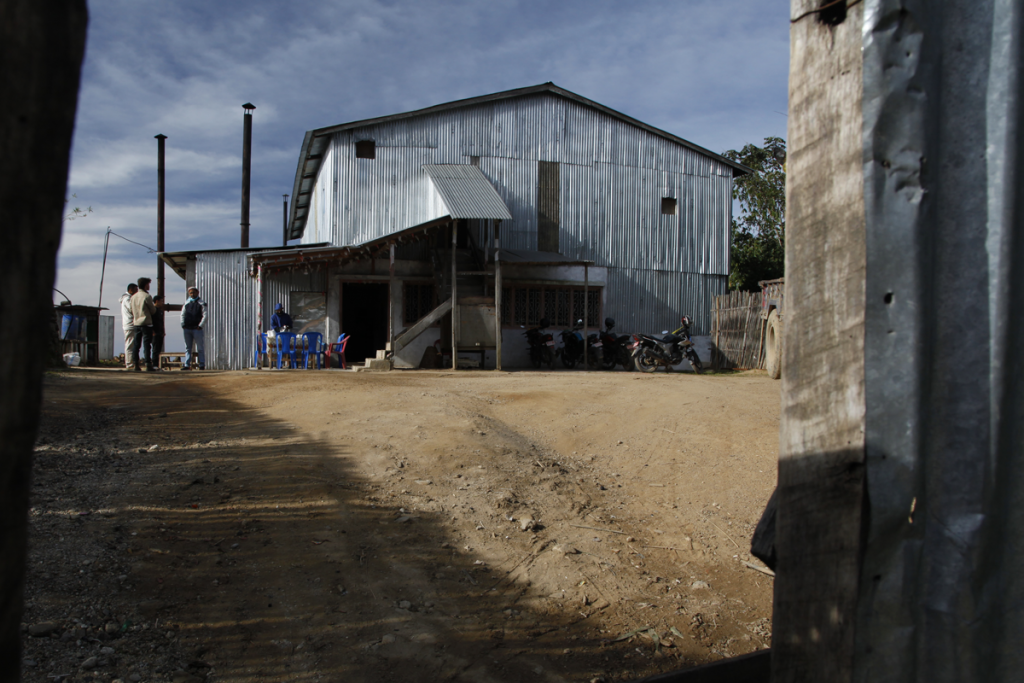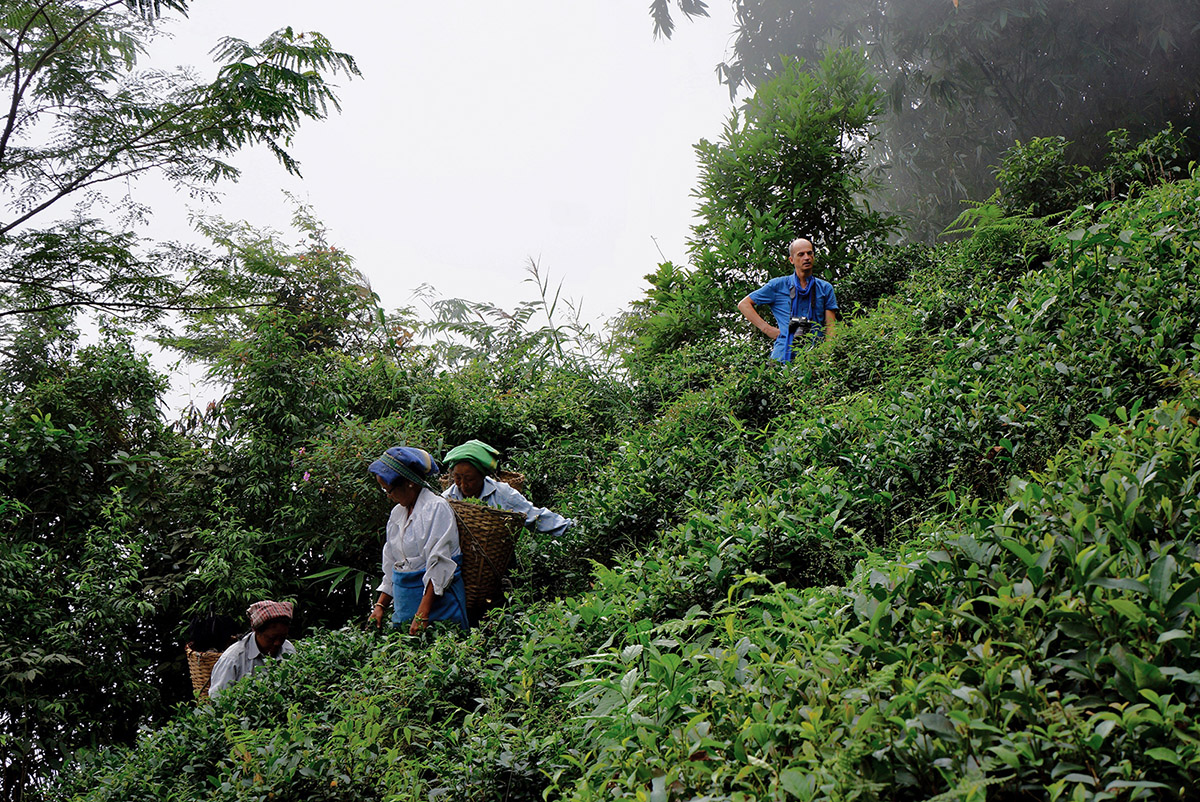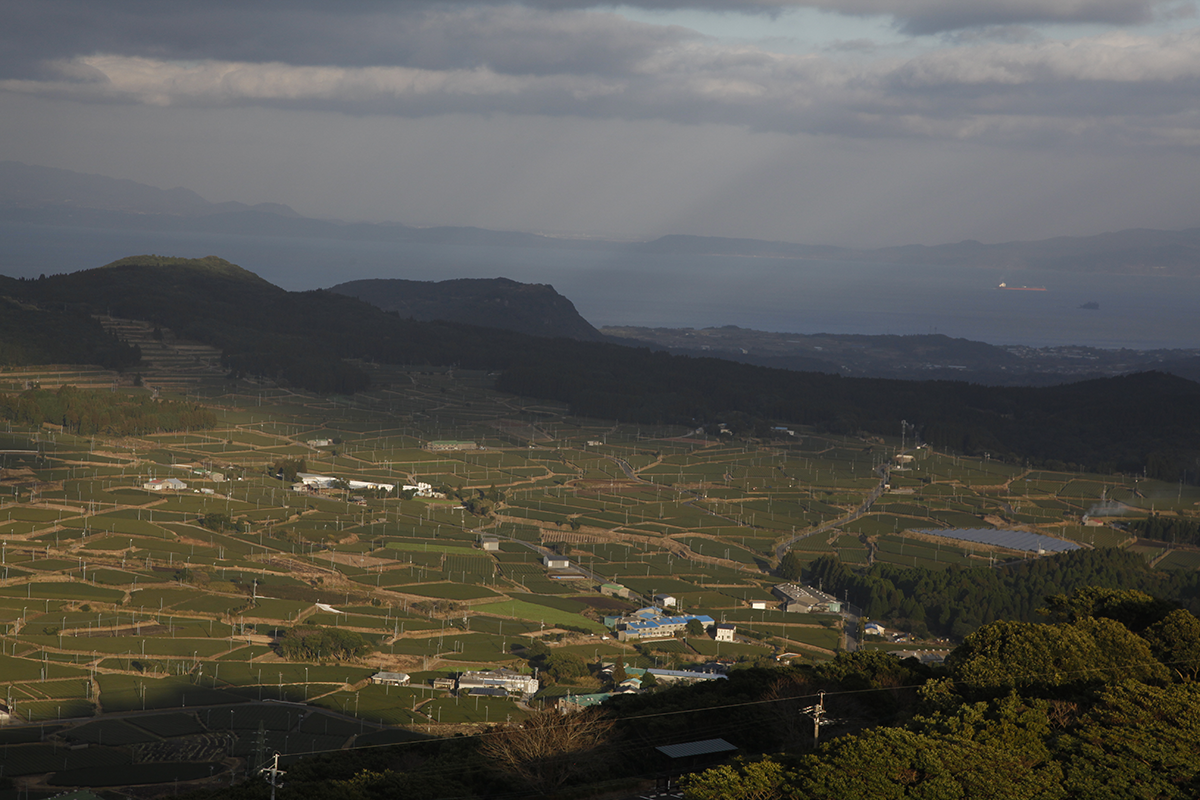It’s no mean feat to obtain a Tea Sommelier diploma. First, the candidate must answer 24 open questions in just an hour. Then they must prepare, in front of three examiners, a tasting of six teas from among 22. The leaves placed in front of the applicant have no written indication of their type, colour or origin. Then they must perform a task chosen at random: prepare a matcha tea correctly, serve tea in a kyusu, or serve a pu erh using the gong fu method. That’s what this esteemed exam consists of, meaning that those who obtain the diploma are true experts! Here, I’m meeting some of them, with my assistant watching on. Bénédicte has infused a few premium teas, which we are discussing.
ARCHIVE FOR 2018
The first harvest is the best
Since the start of May, I’ve been tasting and choosing the best teas of the season from Japan. They’re called Ichibanchas because they’re the first to be harvested in the year. Japanese teas come from the regions of Shizuoka and Uji, and in the south of the archipelago. In the north of the country, the tea plant grown everywhere is Yabukita, whereas in the south, with its warmer climate, less Yabukita is grown. For example, here, near Kagoshima, the Yutaka Midori cultivar dominates, and represents nearly 60% of production.
Tea can be sprinkled over food
There are endless ways to use tea in cooking. For example, why not sprinkle it over food like a spice? Here, the aromatic, toasted, delicately woody and fruity notes of Jejudo Grand Oolong Impérial bring an exotic touch and a hint of crunch to this delicious burrata cheese. Sprinkle the tea over it and leave it in some green olive oil in the fridge for a couple of days. Enjoy it the Italian way: not too cold, as you sometimes see it served, but at a temperature of 20° to 22°C. To accompany it, infuse the same Korean tea in water at room temperature for 30 minutes and serve in small glasses such as vodka glasses.
Teas that are good for the health
My work has changed a lot in the past 30 years. Before, I would select teas, and then we had to get them here as quickly as possible if they were Grands Crus – we called them “rare and ephemeral”. I would visit every farm, of course, but that’s where the work ended.
Today, our demands – and I’m talking about our own demands just as much as our customers’ – in terms of health, food safety and environmental respect, are so much higher. It’s no longer enough to find teas that are remarkable for their gastronomic qualities. They must also meet strict standards – happily, European standards are the strictest in the world. Food safety is better. Flavour and health have become inseparable, for which I’m grateful. Then it’s up to me to make sure you can taste these rare teas as soon after harvest as possible.
When you travel alone it’s easier to meet people
I mostly travel alone. I depart alone, I return alone. This solitude encourages me to approach others. I’m more easily accepted by them, to be among them. Alone, you open up to others. We all need other people. Without a travel companion, you make more of an effort to adopt the culture of the people you meet. Alone, you’re more vulnerable, more permeable, more receptive. And that’s a good thing, because I travel to listen.
Arya Tara: the rare teas of Saran RAI
I find it very rewarding to tell you about the men and women who make the teas you drink. Today, I’d like to introduce you to Saran RAI. Based in Arya Tara (Nepal), Saran produces different grades of tea, but just 300 kg a year. He uses my favourite cultivar: AV2. It is a very small, very high-quality plantation. Half of the fresh leaves that make his teas come from his own fields, and half come from the 50 or so local farmers. When I ask what he is most proud of, Saran replies: “being visited by people from afar”. It is true: he receives very few visitors. The route is arduous, especially the last few kilometers. I walked them, on an almost impassable track, surrounded by beautiful countryside. Although his plantation is not certified organic, I have no doubt that Saran uses organic methods.
A volcano in the landscape
On the island of Kyushu in Japan, it isn’t unusual to find a volcano in your field of vision. As someone who enjoys photography, this makes me very happy. The outline of these lava giants emphasises the controlled horizontality of the tea plants. They disrupt a rather too orderly landscape. They also remind us that the duration of harvests, the duration of seasons, the duration of human life, quite simply, is infinitesimal. Here is Mount Kaimon, which has a silhouette similar to that of Mont Fuji.
Modest appearances
In Nepal, factories often look quite makeshift, from the sheet roofing to the very basic structure. Teas are tasted outside, on trestles. This is a long way from Darjeeling, with its British colonial influence. But we shouldn’t judge by appearances. Inside these modest-looking buildings, the equipment is not only very good (small rolling machines from China or Taiwan, quality ovens, machines that delicately shape the leaves, etc.), but most of all, you find a unique expertise and creativity. The people are young and passionate – again, very different from the image of the established planter in Darjeeling. They live and breathe tea, and think of almost nothing else. Their sole objective is to make delicious teas, whatever the colour. The lack of a tea tradition in Nepal undoubtedly frees them up to explore new leaf shapes, new types of rolling, new approaches to production in general. “Handmade” Nepalese teas (as opposed to the crush, tear, curl teas and the big factories, which also exist in the Ilam region) have a bright future ahead of them.
An unusual season
The Darjeeling season is going to be a strange one. The really amazing teas are priced out of reach (30% to 50% higher than in previous years) to compensate, the planters say, for the losses they sustained during the 105 days of strikes last year. So far I’ve bought, on the best possible terms, the following: Mission Hill DJ4 SFTGFOP1 Clonal, Puttabong DJ14 SFTGFOP1 Clonal Exotic, Puttabong DJ12 SFTGFOP1 Clonal Queen, Orange Valley DJ5 SFTGFOP1 cultivar China, Balasun DJ6 SFTGFOP1 Himalayan Mystic, and Rohini DJ15 FTGFOP1 Exotic White, all exclusive. They’re of a remarkable quality and will delight enthusiasts. For those wanting first-flush Darjeelings at lower prices, you’ll have to wait. Firstly, the only teas that are cheap are very poor quality, and secondly, even the mediocre teas are priced high, or very high. They’re absolutely not worth it. To sum up, this year requires more vigilance than usual.
For fans of Himalayan teas who aren’t focused on Darjeeling, and who are looking for good deals, why not wait for the Nepalese teas? They’ll be ready soon and often represent excellent value for money.
Tea fields spiked with fans
Right down to the extreme south of Japan you can find these tea fields. They are recognisable for being spiked with fans, which are installed to prevent cold air from lingering around the tea plants. Here, I’m close to Kagoshima Bay, visible in the background, an important tea-producing region in the archipelago.

